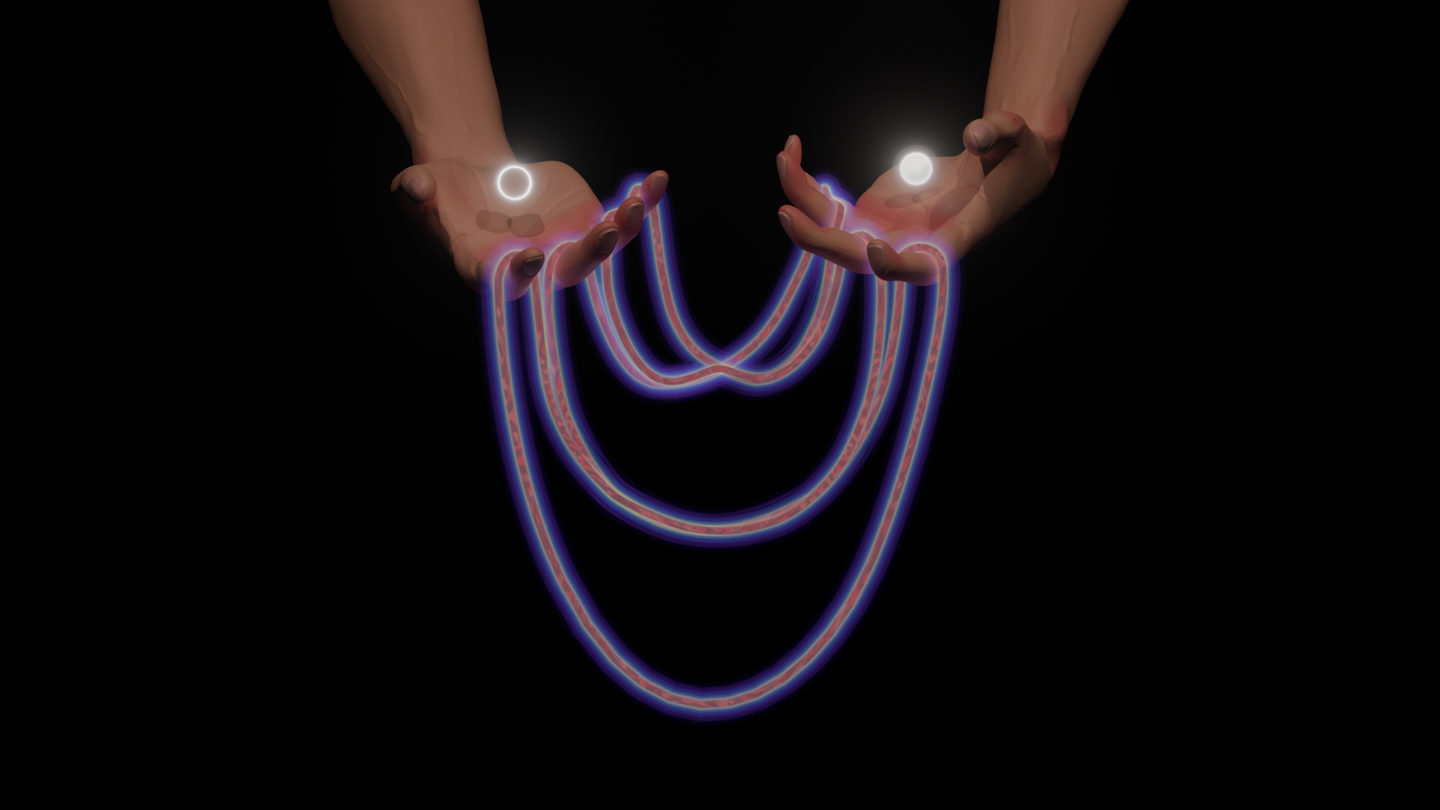Testing buildings may become added weapon in coronavirus reopenings
[July 24, 2020: ABC News] As students and office workers prepare to return to campus or their office buildings, it may not come down to…

[July 24, 2020: ABC News]
As students and office workers prepare to return to campus or their office buildings, it may not come down to a nasal swab or blood test. Instead, new technology shows the standard for reopening may be about testing buildings and not just people.
The technology, developed and tested at the University of Oregon, may provide new armor in the battle against coronavirus.
"We can't test every person every day, but we can test every building every day. In addition, buildings are being tested and results arrive in 24 hours and can help guide actions the next day or building operations, controls or contact tracing," Kevin Van Den Wymelenberg, director at the University of Oregon's Institute for the Health and the Built Environment, told ABC News.
By testing air ducts, air particles and surfaces, researchers believe they can identify places where there has been exposure and if the building puts the public at risk.
"We are looking for all of the air from the whole room that's being brought back and sucked into these return air grills -- almost like a vacuum cleaner sucks air along with dust," Van Den Wymelenberg said.
Researchers say if the virus is detected in a building there are various mitigating factors that can be used to limit the spread, like increasing filtration, disinfecting surfaces or targeted human testing.
"I believe buildings are really the engine of our economy and that testing buildings is the key to turn the engine back on," Van Den Wymelenberg added. "We can take that knowledge from the tests in these buildings and help guide mitigation strategies and if need be even quarantine the building again for a short period of time to do deep cleaning and then reopen the building.".... MORE



